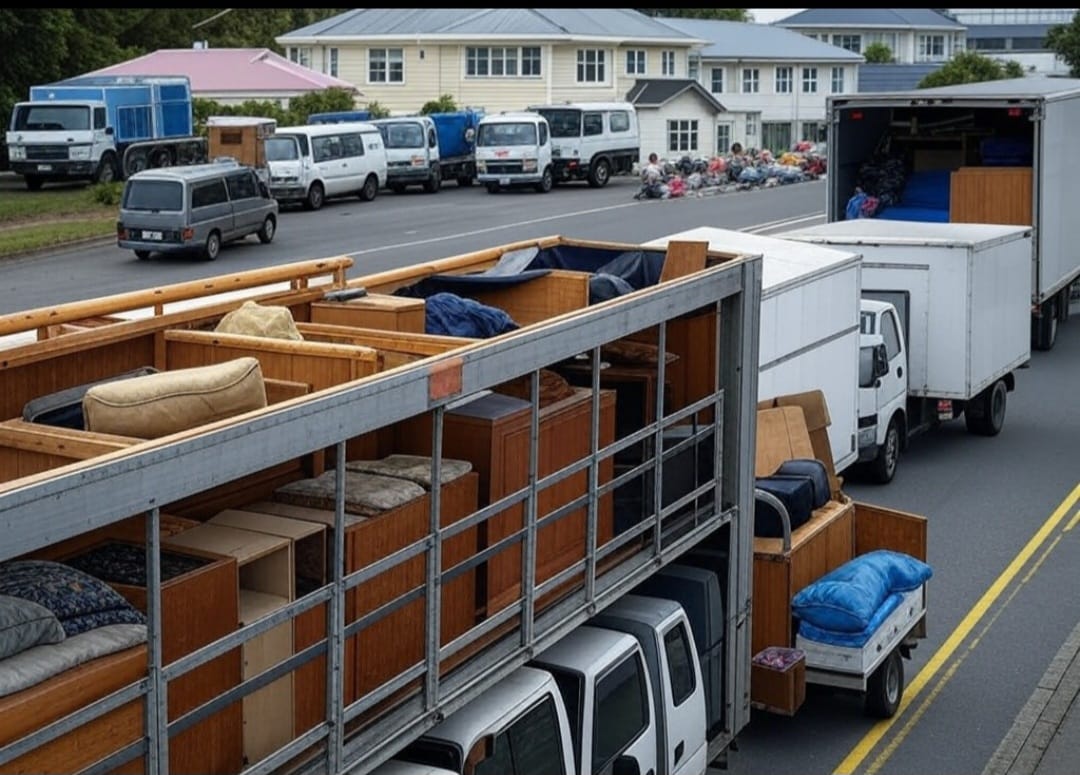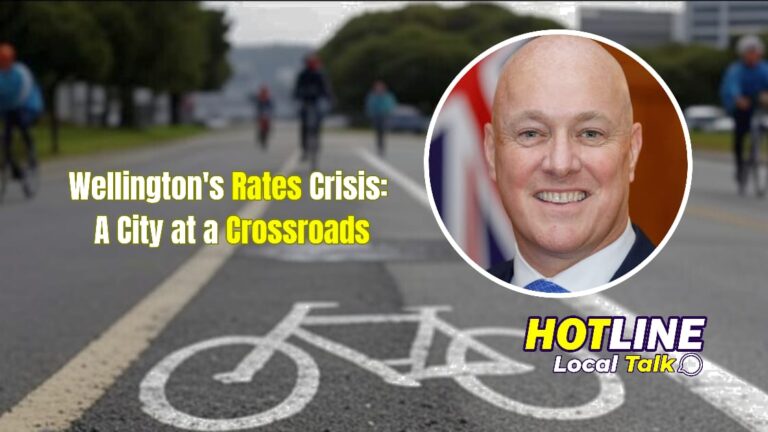Wellington, the vibrant capital of New Zealand, is grappling with a rates surge unlike any in the last two decades. Prime Minister Christopher Luxon has highlighted that rates across the country have risen almost 15% on average, with Wellington leading the charge. This increase not only burdens residents financially but also casts a shadow over the city’s famed livability.
Rates Increases: By the Numbers
Wellington has seen rates increases that are the largest in 20 years, affecting everything from household budgets to local businesses. For example, the average household now faces an additional cost, with rates bills jumping significantly. This financial strain comes at a time when the cost of living is already high, prompting residents to question the value they receive for their money.
The Great Wellington Exodus
The impact of these rate hikes is palpable, with over 20,000 people leaving Wellington. Where are they going? Many are heading to Wanaka, attracted by its scenic beauty and more affordable living. Others are moving to Auckland for better job opportunities, or taking extended holidays overseas. This migration isn’t just about escaping high rates; it’s also about seeking better quality of life. The exodus has led to a decrease in local demand for services, potentially shrinking the city’s tax base and exacerbating financial pressures.
Straining Livability
Wellington’s charm as a livable city is fading under the weight of rising rates. Residents are feeling the pinch, particularly with the perceived misallocation of funds. For instance, the city’s investment in cycle lanes has sparked debate. Many argue that these projects do little to alleviate daily transport issues, which are crucial for commuters. In addition, Prime Minister Luxon has voiced concerns about the city’s focus, advocating for a return to basics like efficient public transport and essential infrastructure over “unnecessary projects.”
The Cost of Cycle Lanes
The cycle lane controversy is a prime example of where residents feel their rates are not being spent wisely. While promoting cycling is commendable, the execution has been less than ideal for many. Residents often cite the disruption and cost of these projects against the backdrop of neglected road maintenance and public transport needs.
Looking Ahead: A Call for Change
As Wellington stands at this crossroads, the future looks uncertain but not without potential for recovery. Local councils must listen and adapt. There’s a growing demand for fiscal responsibility, focusing on what truly enhances livability. For example, improving public transport efficiency could retain or even attract residents back to the city.
The council might consider:
- Re-evaluating spending priorities to align more closely with residents’ daily needs.
- Engaging more with the community to allocate funds where they are most needed, rather than on projects that appear to benefit only a segment of the population.
- Exploring alternative funding sources for infrastructure, perhaps through partnerships or more targeted rates for specific services.
 Conclusion
Conclusion
The rates increase in Wellington paints a complex picture of a city in flux. The exodus of residents, the strain on livability, and the debate over infrastructure spending are all symptoms of a larger issue. However, with thoughtful policy changes and community engagement, Wellington has the opportunity to redefine its path forward. The city’s future lies in balancing growth with affordability, ensuring that the heart of New Zealand remains a place where people want to live, work, and thrive.
Engagement and Thoughts
What are your thoughts on how Wellington can better manage its rates and infrastructure spending? Do you feel that the city’s priorities match the needs of its residents? Share your experiences and suggestions below.
Click on HOTLINE Letters to the Editor to voice your opinion on this dressing issue.
HOTLINE Letters to the Editor
TRUTH SEEKER
Instantly run a Quiz with friends... about the article. Interact more & analise the story. Dig in, catch out biased opinions, and "fact check" with TRUTH SEEKER by ONENETWORK WELLINGTONLIVE 👋
Do you agree with the main argument of this article?
Total votes: 0
What is the average rates increase in Wellington according to the article?
Bias Analysis
Fact Check Summary
True, as mentioned in the article.
Source: https://wellington.live/
False, as he voiced concerns about unnecessary projects and advocated for a focus on essential infrastructure.
Source: https://wellington.live/








